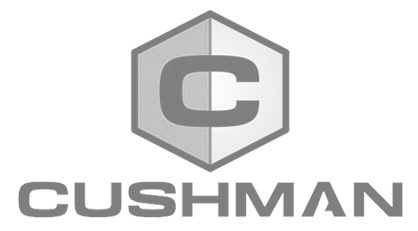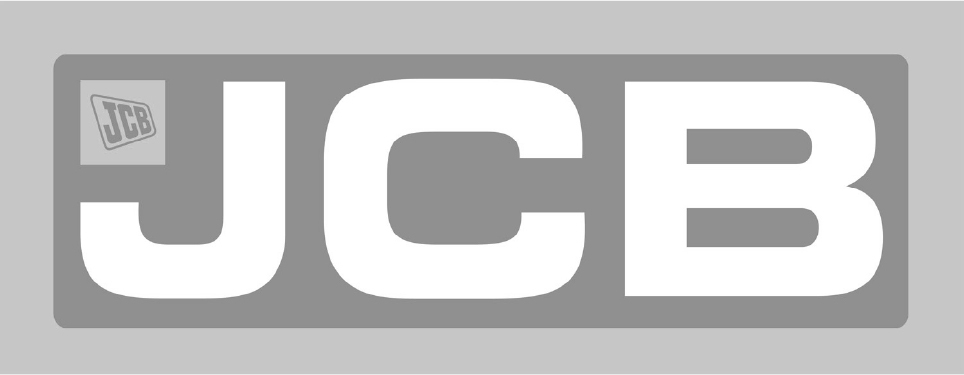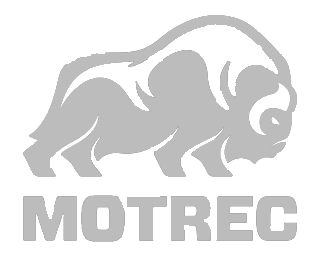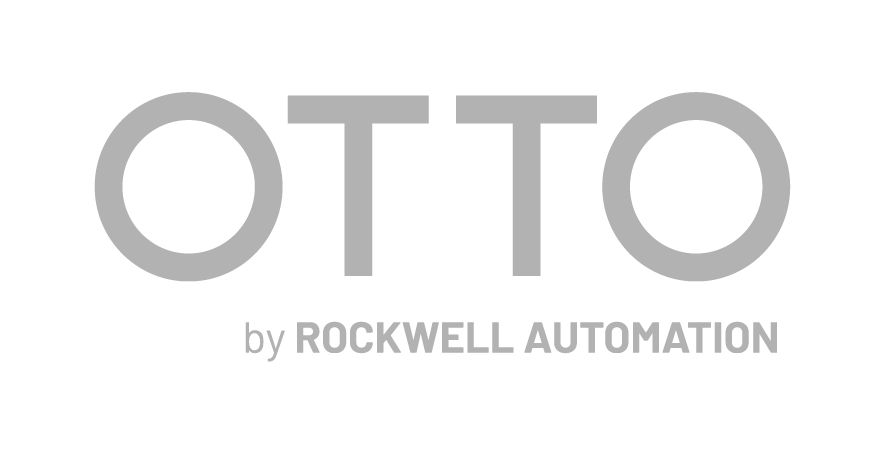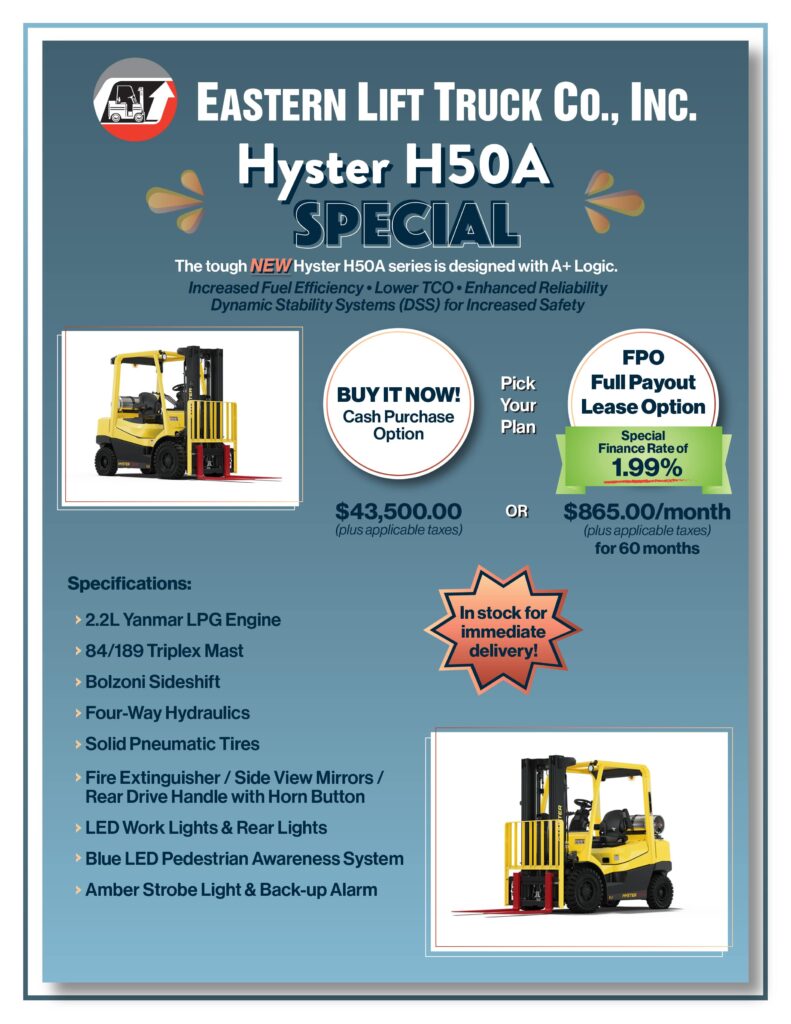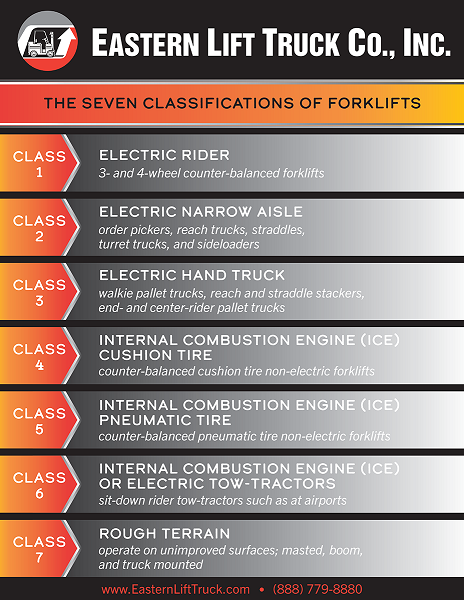
The Occupational Safety and Health Administration (OSHA) offers guidelines for powered industrial trucks (their phrase for forklifts) and together with the Industrial Truck Association (ITA) groups forklifts into seven general classifications. Colloquially, the material handling industry calls them the “ITA Classes.”
Learning the ITA Classes is one of the first things most people are tasked with upon entering the material handling industry, especially in sales and aftermarket care. Knowledgeable dealer employees educate customers and help them make better informed purchasing decisions, and match forklift capabilities with applications and operational requirements, as well as understanding certification and safety training responsibilities.
The seven forklift classifications are:
Class 1: Electric Rider Examples include 3- and 4-wheel counter-balanced forklifts. The operator sits or stands.
Class 2: Electric Narrow Aisle This group includes order pickers, reach trucks, straddles, turret trucks, and sideloaders.
Class 3: Electric Hand Truck Examples include walkie pallet trucks, reach and straddle stackers, end- and center-rider pallet trucks
Class 4: Internal Combustion Engine (ICE) Cushion Tire These are counter-balanced cushion tire non-electric forklifts.
Class 5: Internal Combustion Engine (ICE) Pneumatic Tire These are counter-balanced pneumatic tire non-electric forklifts.
Class 6: Internal Combustion Engine (ICE) or Electric – Tractor This group includes tow tractors like those that pull luggage carts at airports.
Class 7: Rough Terrain These are the forklifts designed to operate on certain unimproved surfaces. They include 2-wheel drive (traditional) but also 3- and 4-wheel drive models. The three basic types of Class 7 forklifts are vertical-masted (traditional), variable reach (telescoping boom), and truck/trailer mounted, which are often referred to as piggyback forklifts.
Of course, forklifts are available in hundreds of different styles and models and are produced by dozens of manufacturers. Besides the seven ITA Classes, forklifts are often segmented by:
Application Forklifts may be grouped by the application they best serve. Examples include warehouse and robotic trucks, dock-to-rack trucks, order-picking, long-load handling, container handling, rough terrain, cold-storage and freezer applications, narrow-aisle, very narrow aisle, explosion-proof, etc.
Fuel Type Forklifts with internal combustion engines may be powered by liquid propane gas (LPG), gasoline, or diesel. Electric forklifts are powered by a lead-acid or lithium-ion battery, or a hydrogen fuel cell.
Tire Type Solid, aka cushion tires are found on warehouse forklifts while pneumatic tires are used on outdoor forklifts.
Maximum Lifting Capacity (before downrating considerations) The smallest forklifts handle two thousand pounds, while the largest lift well over one-hundred thousand pounds.
Overall Lift Height Lift height ranges from just a few inches off the floor to more than 40 feet.
Operator Positioning Compare from sit-down rider vs stand-up rider, forward vs side vs rear stance, man-up vs man-down, walk-behind, end-control, center control, walkie/rider combinations, enclosed cab vs open cab, etc.
If you have any questions about forklift classes and the type of forklift that would work best in your operations, please contact your local ELTC Account Manager for assistance. Our team is always happy to answer questions.









